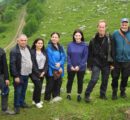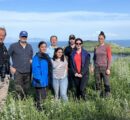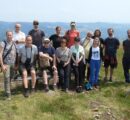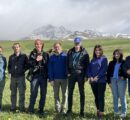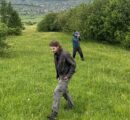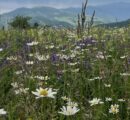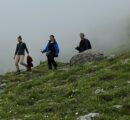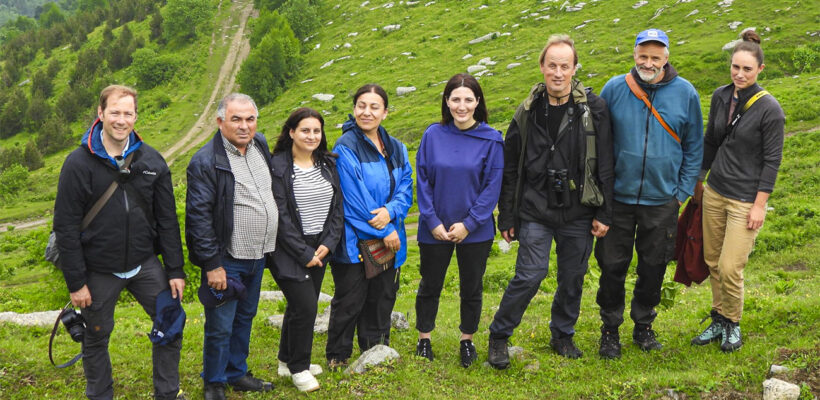
Researching Alpine Meadows in Armenia and Other European Countries
2 min readBLACK FOREST, Germany — On July 9-11, the American University of Armenia (AUA) Acopian Center for the Environment participated in the kick-off meeting of its newest project ALPMEMA (ALPine Mountain hay MEadows MAnagement), held in the Black Forest region of Germany.
ALPMEMA is a three-year research project that aims to identify best practices for maintaining a favorable conservation status of high-mountain hay meadows. It will examine how different property regimes (private or public ownership) and site locations inside or outside protected areas influence the respective ecosystems. The Mid Sweden University is leading the consortium, which includes the AUA Acopian Center for the Environment (Armenia), University of Natural Resources and Life Sciences (Austria), University of Copenhagen (Denmark), Data and Analytics DHI A/S (Denmark), and University of Hohenheim (Germany).
Earlier in June, ALPMEMA’s team members from Denmark, Germany, and Sweden visited Armenia to identify the potential study sites in the alpine/subalpine regions and assess their relevance to the project. In that regard, the AUA Acopian Center for the Environment engaged Prof. Gagik Tovmasyan (Armenian National Agrarian University) and Dr. Anna Asatryan (Institute of Botany after A. Takhtajan, National Academy of Sciences) to work with the visiting team to identify the potential study sites.
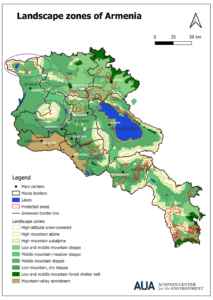 During the four-day visit, the ALPMEMA team, along with members from the AUA Acopian Center, visited mountain hay meadows in Aragatsotn, Shirak, Lori, and Tavush regions. The team conducted a preliminary assessment of plant species, identified property ownership regimes, and learned about hay meadow management practices. The experts also met with farmers who use the meadows and local government officials.
During the four-day visit, the ALPMEMA team, along with members from the AUA Acopian Center, visited mountain hay meadows in Aragatsotn, Shirak, Lori, and Tavush regions. The team conducted a preliminary assessment of plant species, identified property ownership regimes, and learned about hay meadow management practices. The experts also met with farmers who use the meadows and local government officials.
Nonna Babayan, ALPMEMA project lead at the AUA Acopian Center, explains, “The project will identify innovative management tools such as forming coalitions and utilizing satellite remote sensing tools. It will also develop simulations and serious games to engage local stakeholders in testing different management schemes for the short and medium term, by 2030 and 2050, respectively.” She adds that ALPMEMA’s results will inform relevant policy content and management decisions at the local level.
ALPMEMA is funded by Biodiversa+, the European Biodiversity Partnership, supporting excellent research on biodiversity to benefit society and guide policy making. BiodivERsA and the European Commission jointly developed the research project as part of the EU Biodiversity Strategy 2030 and will contribute to work toward the ambitious goal that “By 2030, nature in Europe is back on a path of recovery, and that by 2050 people are living in harmony with Nature.”
The AUA Acopian Center for the Environment, a research center of the American University of Armenia (AUA), promotes the protection and restoration of the natural environment through research, education, and community outreach. The AUA Acopian Center’s focus areas include sustainable natural resource management, biodiversity protection and conservation, greening the built environment, sustainable energy, as well as information technology and the environment. Visit http://ace.aua.am.

